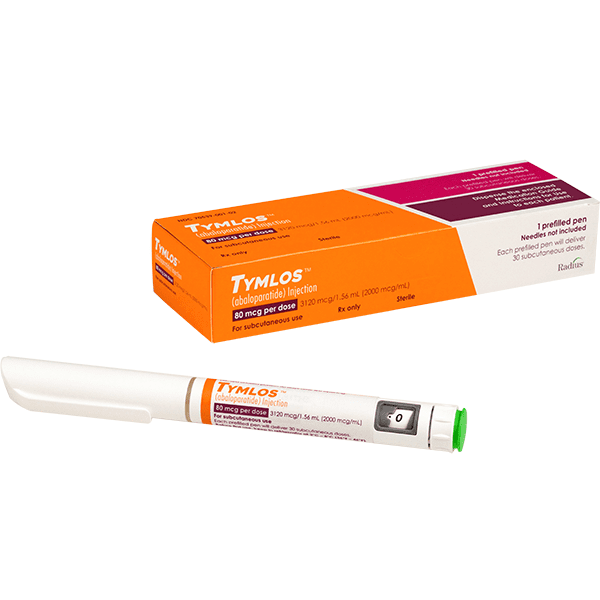Abaloparatide Disease Interactions
There are 3 disease interactions with abaloparatide.
Parathyroid hormone/analogs (applies to abaloparatide) hyperparathyroidism
Major Potential Hazard, Moderate plausibility. Applicable conditions: Hypercalcemia
Patients known to have an underlying hypercalcemic disorder, such as primary hyperparathyroidism, should not be treated with parathyroid hormone and its analogs because of the risk of exacerbating hypercalcemia.
Parathyroid hormone/analogs (applies to abaloparatide) malignancy
Major Potential Hazard, Moderate plausibility. Applicable conditions: Neoplasm of Bone, Paget's Disease
Parathyroid hormone and its analogs should not be used in patients who are at increased baseline risk for osteosarcoma. These agents should only be used if the potential benefits are considered to outweigh the potential risks. Monitor these patients according to clinical guidelines. Patients with bone metastases or a history of skeletal malignancies should not be treated with these agents.
Abaloparatide (applies to abaloparatide) urolithiasis
Moderate Potential Hazard, Moderate plausibility. Applicable conditions: Renal Dysfunction, Nephrolithiasis
No dosage adjustment is required for patients with mild, moderate, or severe renal impairment. Patients with severe renal impairment may have increased abaloparatide exposure that may increase the risk of adverse reactions; therefore, monitor for adverse reactions. Abaloparatide may exacerbate urolithiasis in patients with active or a history of urolithiasis. If active urolithiasis or preexisting hypercalciuria is suspected, measurement of urinary calcium excretion should be considered.
Switch to professional interaction data
Abaloparatide drug interactions
There are 4 drug interactions with abaloparatide.
More about abaloparatide
- abaloparatide consumer information
- Check interactions
- Compare alternatives
- Reviews (124)
- Side effects
- Dosage information
- Patient tips
- During pregnancy
- Drug class: parathyroid hormone and analogs
- En español
Related treatment guides
Drug Interaction Classification
| Highly clinically significant. Avoid combinations; the risk of the interaction outweighs the benefit. | |
| Moderately clinically significant. Usually avoid combinations; use it only under special circumstances. | |
| Minimally clinically significant. Minimize risk; assess risk and consider an alternative drug, take steps to circumvent the interaction risk and/or institute a monitoring plan. | |
| No interaction information available. |
See also:
Further information
Always consult your healthcare provider to ensure the information displayed on this page applies to your personal circumstances.


